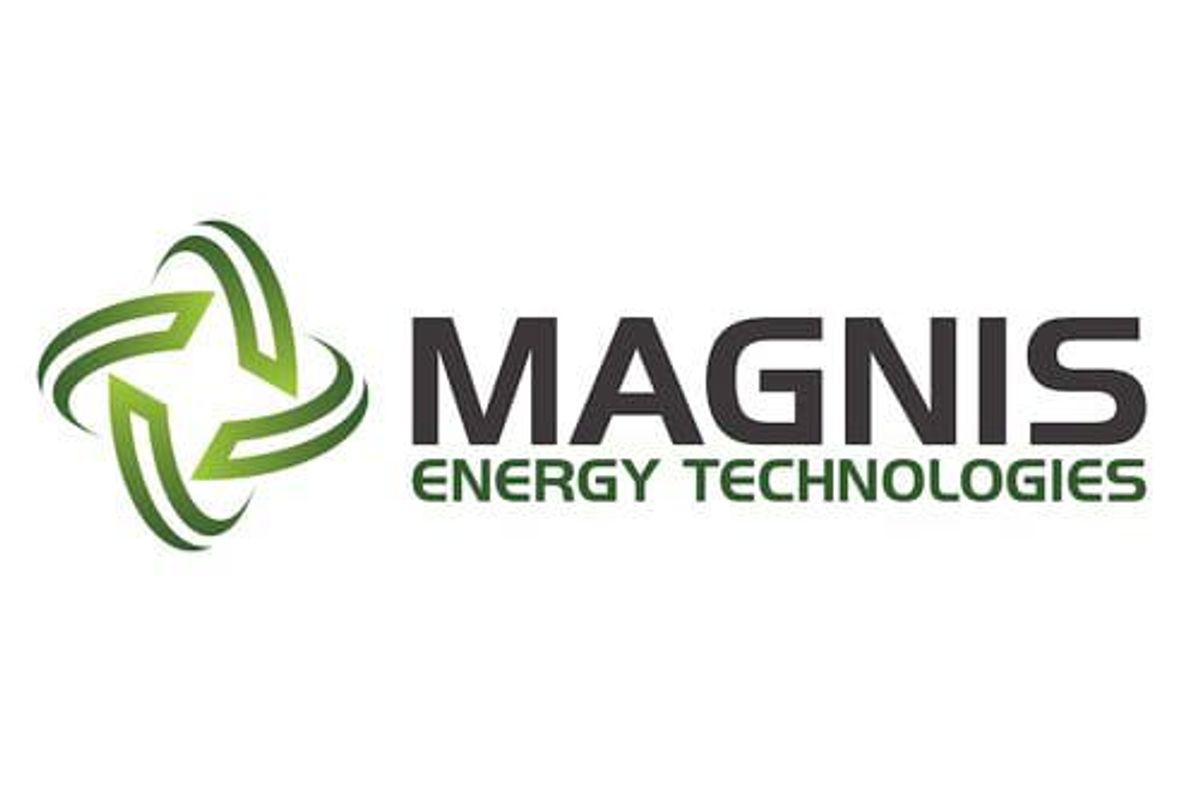- AustraliaNorth AmericaWorld
Investing News NetworkYour trusted source for investing success
- Lithium Outlook
- Oil and Gas Outlook
- Gold Outlook Report
- Uranium Outlook
- Rare Earths Outlook
- All Outlook Reports
- Top Generative AI Stocks
- Top EV Stocks
- Biggest AI Companies
- Biggest Blockchain Stocks
- Biggest Cryptocurrency-mining Stocks
- Biggest Cybersecurity Companies
- Biggest Robotics Companies
- Biggest Social Media Companies
- Biggest Technology ETFs
- Artificial Intellgience ETFs
- Robotics ETFs
- Canadian Cryptocurrency ETFs
- Artificial Intelligence Outlook
- EV Outlook
- Cleantech Outlook
- Crypto Outlook
- Tech Outlook
- All Market Outlook Reports
- Cannabis Weekly Round-Up
- Top Alzheimer's Treatment Stocks
- Top Biotech Stocks
- Top Plant-based Food Stocks
- Biggest Cannabis Stocks
- Biggest Pharma Stocks
- Longevity Stocks to Watch
- Psychedelics Stocks to Watch
- Top Cobalt Stocks
- Small Biotech ETFs to Watch
- Top Life Science ETFs
- Biggest Pharmaceutical ETFs
- Life Science Outlook
- Biotech Outlook
- Cannabis Outlook
- Pharma Outlook
- Psychedelics Outlook
- All Market Outlook Reports
Magnis Energy Technologies Reports Evaluation of Nachu Graphite by Major Prospective Customers

Over the past six months Magnis held discussions with major suppliers in the LIB industry from Japan and South Korea.
Magnis Energy Technologies Limited (“Magnis”, the “Company”) (ASX: MNS) is pleased to announce that graphite from the Nachu Graphite Project in Tanzania, has generated interest from major players in the Lithium-ion Battery (LIB) industry while ongoing metallurgical work continues to yield market leading results.
Recent Interest
Over the past six months Magnis held discussions with major suppliers in the LIB industry from Japan and South Korea. From these discussions, it was noted that prospective Japanese and Korean customers were seeking to diversify their supply of uncoated spherical graphite. Significant customer interest has been demonstrated, with a particular interest in the ability of Nachu graphite to be processed into high purity uncoated spherical graphite using low cost sustainable processes without using any chemical or thermal purification steps.
Engagement with these prospective customers is ongoing and has included provision of samples and discussions around the potential for downstream partnering in uncoated spherical graphite production. This has culminated in a recent site visit by a representative of a significant player in the anode materials supply chain for South Korean LIB producers. With the COVID-19 pandemic, delays have now been experienced in progressing talks towards future supply agreements.
Metallurgical Work
Ongoing metallurgical test work, led by CEO Dr Frank Houllis, has focused on optimisation of a
two-stage downstream process to produce 99.95% uncoated spherical graphite from the
>99% purity flake graphite concentrate that is to be produced at the mine. The table below
provides an overview of the production processes used to produce uncoated spherical
graphite:
|
The downstream stages result in zero waste, as rejected material can be sold as by-product
across a number of graphite applications. The overall recovery from mine to uncoated
spherical graphite is more than twice that achieved using current technology. When combined
with the absence of any thermal or chemical purification of graphite, uncoated spherical
graphite produced from Nachu will have both the lowest cost and lowest environmental
footprint in the LIB industry.
The downstream stages result in zero waste, as rejected material can be sold as by-product
across a number of graphite applications. The overall recovery from mine to uncoated
spherical graphite is more than twice that achieved using current technology. When combined
with the absence of any thermal or chemical purification of graphite, uncoated spherical
graphite produced from Nachu will have both the lowest cost and lowest environmental
footprint in the LIB industry.
Magnis Chairman Frank Poullas commented: “Magnis maintain that view that it has the
market leading product and the only natural graphite product that can be turned into a high
performing anode material without any Chemical/Acid or thermal purification and purely
based on mechanical processes.
“Whether it’s due to trade wars or the recent COVID-19 pandemic, it’s clear to battery
producers that they need to look at alternative sources for their anode material and we believe
we will be the lowest cost producer with the greenest product in the marketplace.”
Outlook Reports
Featured Australia Investing Stocks
Browse Companies
MARKETS
COMMODITIES
| Commodities | |||
|---|---|---|---|
| Gold | 2379.11 | +11.46 | |
| Silver | 28.26 | +0.05 | |
| Copper | 4.46 | +0.10 | |
| Oil | 82.57 | -0.12 | |
| Heating Oil | 2.54 | -0.04 | |
| Natural Gas | 1.74 | +0.03 | |
Investing News Network websites or approved third-party tools use cookies. Please refer to the cookie policy for collected data, privacy and GDPR compliance. By continuing to browse the site, you agree to our use of cookies.




